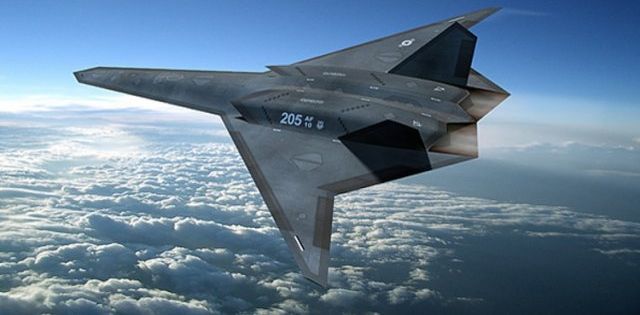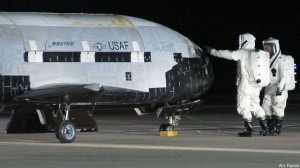LRSB Contract Coming ‘Very, Very Soon’: LaPlante
Posted on
PENTAGON: The head of Air Force acquisition, Cubs fan Bill Laplante, told reporters today that the very, very eagerly awaited contract for the initial 21 of 100 Long Range Strike Bombers (LRSB) would be issued “very, very soon.”
“We are really, really close to the award of the bomber,” he said.
How close, thousands of hungry defense industry workers and their bosses wondered? “We are not going to announce it today, but we are very close,” LaPlante went on to say. A Boeing-Lockheed Martin team is competing against one led by B-2 stealth bomber incumbent Northrop Grumman.
LaPlante officially confirmed for the first time that:
- the Air Force plans to buy 100 planes, not 80 to 100 as briefing slides have said for years.
- the first buy will be 21 planes spread over five options
- the price of development will be made public, in addition to the well-known APUC cost of $550 million per plane in fiscal 2010 dollars
- four or five of the first planes will fly as test aircraft, as has happened with the KC-46 tanker
Some of the subsystems and technologies intended for LRSB are already being used, LaPlante said. It’s likely these were developed by the Air Force’s Rapid Capabilities Office (RCO), which oversees LRSB. How good is RCO? “It’s the best, ” LaPlante said. It “has an incredible track record of delivering eye-watering capabilities.”
He also answered one of the criticisms that LRSB has attracted, namely that building an advanced long-range stealth bomber that relies on existing technologies was something of a contradiction. “Just because it’s existing technology doesn’t mean it’s not incredible,” he said, noting that the only program publicly acknowledged as an RCO effort is the X-37B Orbital Test Vehicle.
Why did LaPlante finally come forth to discuss the program after talking around most questions about it at the Air Force Association conference last month? “Let’s be very clear why we are doing this. It’s because we owe it to you,” he said. Part of that referred to the constant whining from reporters that very little was known about the classified program and we wanted — no, needed — to know more. But a larger part is because American taxpayers will pay an estimated $80 billion or more for this program. And they deserve to know what’s happening with their money.
Subscribe to our newsletter
Promotions, new products and sales. Directly to your inbox.


